One of the most common points of confusion, from our perspective, is the so-called “Certificate of Conformity”, “Certificate of Compliance” or similarly named documents. These are documents that importers are regularly supplied with, and some manufacturers within the EU want to acquire. While these two certificates have definitions within certain EU-legislations, they often appear in other circumstances.
Such certificates are often brought up by economic operators, who think that their product must be submitted to an authority for certification and, in that manner, be allowed to use the CE mark. This is an understandable misconception, since this is how product compliance works in certain other markets.
Many of these certificates that we have seen are supplied to manufacturers by test labs. They are essentially summaries of full-length test reports for a specific legislation in these cases. Still, due to the lack of understanding by some actors in the supply chain, they are interpreted as a complete validation of product compliance.
The CE marking process is primarily based on technical documentation and self-declaration, not certification. Although there are certain certificates as stated above, also the most broadly defined certificate “EU type-examination certificate“. The “EU type-examination certificate“ is often an optional alternative to self-assessment, and in certain circumstances it is obligatory.
Now, there is certainly a need for certificates but in general, certificates should never be viewed as especially meaningful without the underlying knowledge to assess the actual content of the certificate.



